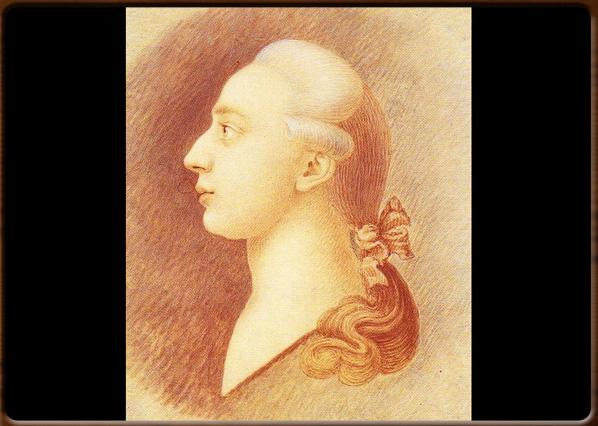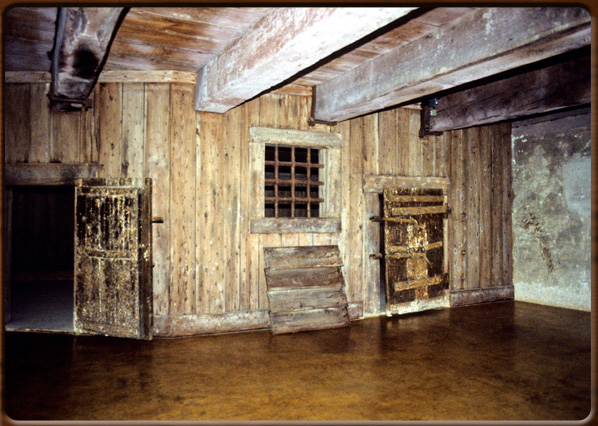
Giacomo Casanova's Portrait.

Casanova�s cell in the Piombi prison.


No video
Giovanni Giacomo Casanova de Seingalt (Venice, 1725 - Dux in Bohemia, 1798) was an Italian writer and adventurer.
Though both parents were actors, he took minor orders in 1743. He travelled widely around Europe, often living on his wits.
A gambler and cheat, he made friends with some scandalous characters, yet at the same time attracted many highly regarded figures and was warmly received by kings, artists, philosophers and scientists.
In 1755, he was accused of atheism and libertinage in Venice: he was arrested and locked up in the Piombi prison, though he managed to escape.
The following years saw him as librarian at the Castle of Dux in Bohemia, where he wrote his famous "Historie de ma vie" (Story of My Life) in French (1791-1798), also known as "Mémoires". His autobiography is an amazing fresco of life in the 18th Century, set in Venice and the European courts. Casanova describes a rich and colourful series of gambling houses, brothels, theatres, hotels and aristocratic palaces.
It is a continuous paean of vital energy, embodied in the main character, Casanova himself: cynical, comic and exploitive with an authentic talent for gallant adventures.
Again in French, Casanova wrote his "Icosameron" (1788), a novel with a vague Enlightened inspiration, and his "Histoire de ma fuite" (Story of my Escape, 1788), in which he describes how he escaped from the Piombi prison.
1600 - 1700 - - rev. 0.1.5